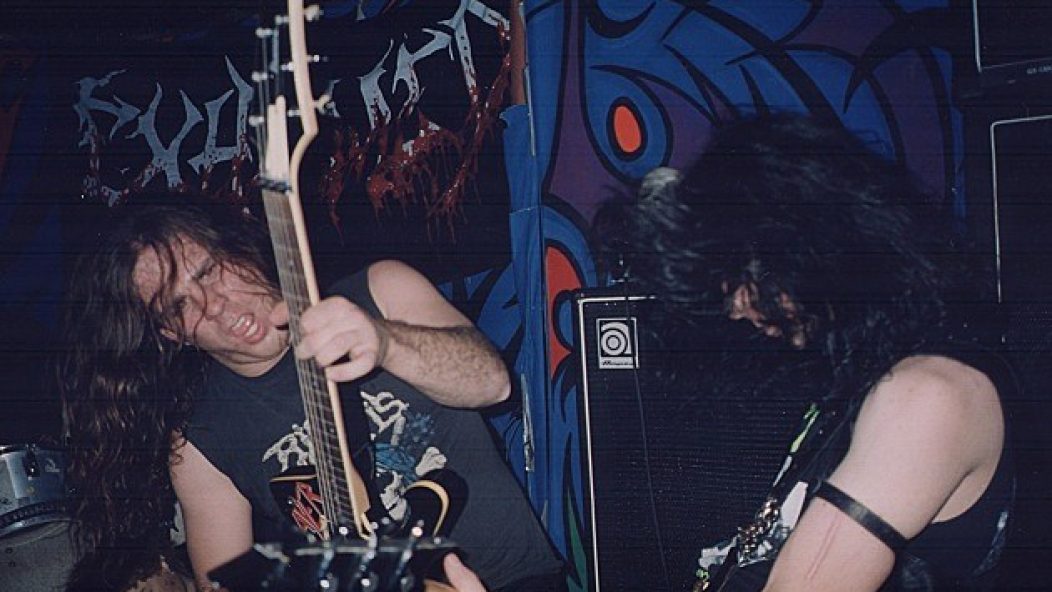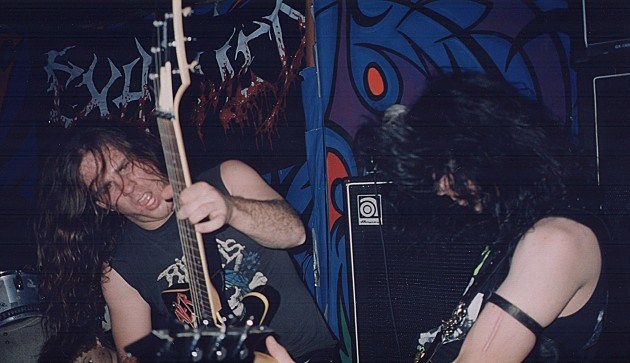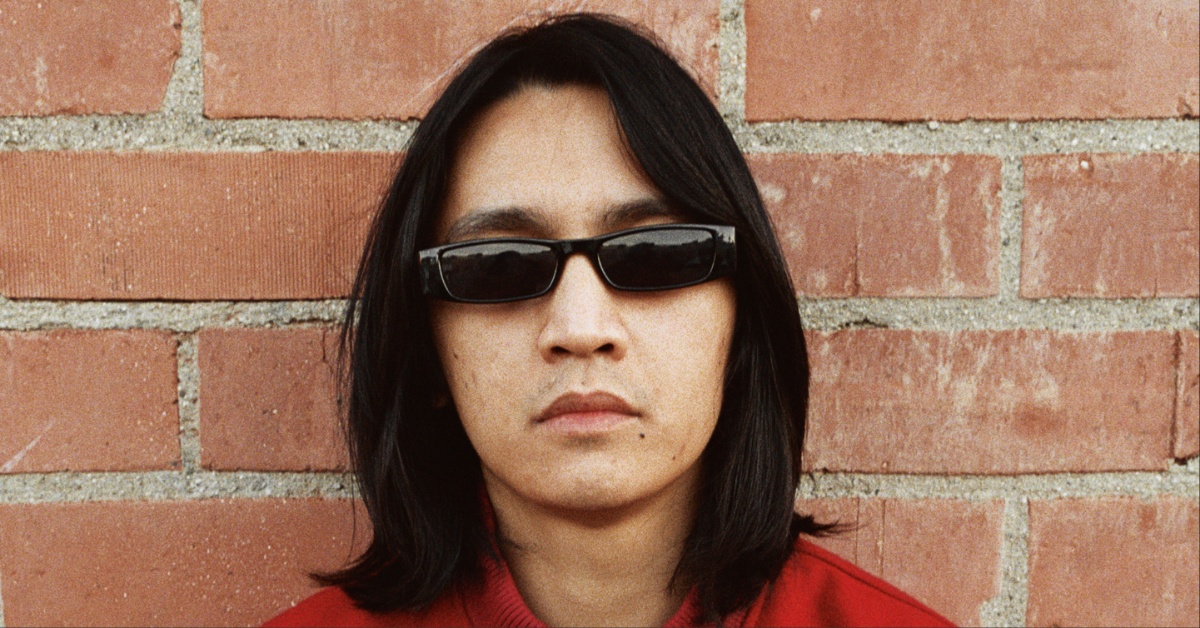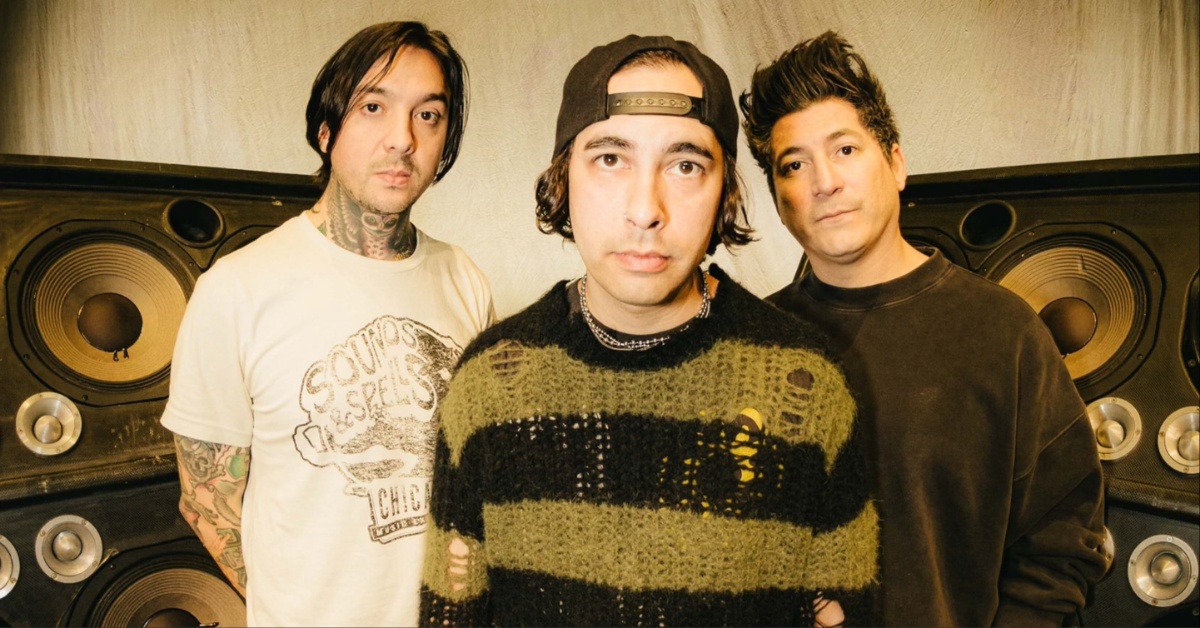
Greatest Hits: The Story of Lucifer's Hammer

…
The word “scene” has been bandied about in metal writing to the point of overuse. As a resident of Portland, I supposedly live in the center of the “Cascadian black metal” scene. While it’s true there’s been an impressive amount of grimness emanating from this region over the past 10 years, the reality is that most of the those bands never play live, and many are spread out among cities and even into other states. Other regions seem to be fairing a bit better; the insular clusters of individuals making noise in Quebec and Iceland both appear to be comprised of about 20 dudes playing in 10 bands, many of them pulling double or even triple-duty. Documentation on these groups is scarce, unlike the plentiful details of active scenes of yesteryear like the ‘80s D.C. hardcore scene or the explosion of gore and ever-increasing technicality that defined the golden era of death metal in Tampa, Florida.
Sandwiched between the smaller, more private modern cults spread across the globe and the vibrant, massively influential regional groups of bands of the ‘80s lies a seldom discussed but no less important movement. Just before the turn of the millennium in San Francisco, a close-knit collective of musicians with divergent tastes but similar goals united to dig their region out of the post-thrash doldrums. Lucifer’s Hammer was formed, and for a brief few years from the late ‘90s to the early ‘00s, the name came to mean anything and everything heavy, as long as it was local. This was a scene of forward-thinking new music, ranging from the Celtic-inspired D&D trad geekery of Slough Feg to ‘70s proto/prog-metal revivalists Hammers of Misfortune to the socially conscious black metal of Ludicra.
In this three-part series, Avinash Mittur tells the story of this short-lived, well-loved movement, interviewing many of the cornerstones and sharing rare photos from a time and place never before documented. After years of our bylines sharing space at more than one metal site, I finally met Avinash in person at Migration Fest last month. We inevitably started talking about metal writing, both at Invisible Oranges’ and elsewhere. When the discussion turned to the best pieces we had read, I brought up this series as a standout in IO’s history. So, yes, he already knows how I feel. A fundamental tenet of journalism is finding a story worth telling that has yet to be told, then presenting that story to an audience presumably in the dark. Half the battle is supplying information in a cogent manner, the other half is showing why the subject is so important, why the hell readers should read all the thing in the first place. On both of these grounds, Avinash’s lovingly researched documentation of this heretofore untold period succeeds. It is damn fine music journalism.
Read: ‘The Story of Lucifer’s Hammer, Parts 1, 2 and 3’
…











